It’s no secret that businesses need customers to survive and thrive. But, acquiring new customers can be expensive and time-consuming.
You’ve identified your ideal customer, created personas, and ensured your website, marketing materials, and sales reps speak the same language. Now you just need to convert all those new leads into customers. It sounds so easy, in theory. But after all this prep work, how do you actually make it happen?
- What Is Lead Conversion?
- What Is a Good Lead Conversion Rate?
- 10 Strategies for Converting More Prospects into Customers
- 1. Understand Your Audience & Do Keyword Research
- 2. Use the Right Ad Format & Call-to-Action
- 3. Always Know & Show Your Value Proposition
- 4. Track your Sales Pipeline (Tracking Codes Exist and Fire)
- 5. Do A/B Testing Every Now & Then
- 6. Talk to Your Angry & Happy Customers
- 7. Improve Lead Conversion Rates
- 8. Draw Leads With LinkedIn, Facebook & More
- 9. Target Similar Audiences to Fill Your Funnel With Better Prospects
- 10. Create Remarketing for Cart Abandoners
You need to follow solid strategies to generate leads and nurture them until they are ready to buy from you. But since the market is highly saturated, many sales professionals and marketers take different approaches to converting leads into customers.
In this post, you’ll learn how to convert leads into customers using ten effective strategies. But let’s start with the basics first.
What Is Lead Conversion?
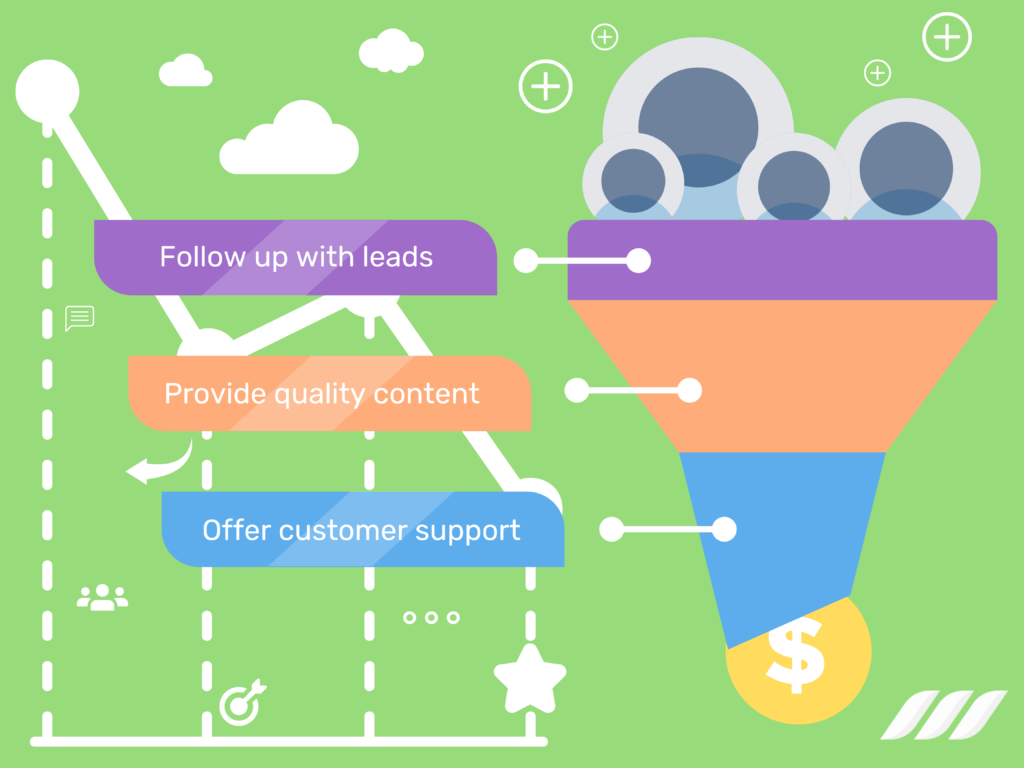
Lead conversion means converting leads into paying customers.
A solid lead conversion process is important because it allows businesses to:
- Increase revenue by selling more products and services.
- Increase their customer base and strengthen relationships with clients.
- Get more customers without spending as much money on marketing and advertising.
You can increase your lead conversion rate by adopting many different strategies, such as following up with leads, providing quality content, and offering customer support.
But what’s an ideal lead conversion rate? Let’s discuss!
What Is a Good Lead Conversion Rate?
Lead conversion rates vary depending on the industry, product or service, and advertising channel. But, most experts agree that a good average lead conversion rate is between 2% and 4% for the average business.
For example, food order sites have an average conversion rate of 21.3%, while healthcare organizations have a slightly higher lead conversion rate of 2.9%. The average b2b lead conversion rate is 2.23%, which is the median conversion rate across all business-to-business industries.
Related article: How to Calculate Conversion Rate Optimization
10 Strategies for Converting More Prospects into Customers
Now that you understand the importance of converting more leads into customers. But the problem is that most businesses don’t know how to do it effectively.
Here’re ten strategies to convert leads into customers so you won’t have to worry about this issue again anytime soon.
1. Understand Your Audience & Do Keyword Research
The first step is to understand your target audience. Consider their needs and wants and their motivations and pain points.
Next, start doing keyword research to identify the right keywords to use in your content that will draw your prospects to your business.
Remember that keyword research is the backbone of any online sales campaign. Without this groundwork, you’re essentially throwing darts in the dark, hoping for the best.
By taking the time to target your ads and content to carefully selected groups of people, you’ll increase your chances of reaching your ideal consumer base.
Keyword research involves identifying the words and phrases people use when searching for what you offer. It ensures the right audience views your content.
This helps you focus your efforts on the people most likely to become paying customers, eventually lifting your ROI.
2. Use the Right Ad Format & Call-to-Action
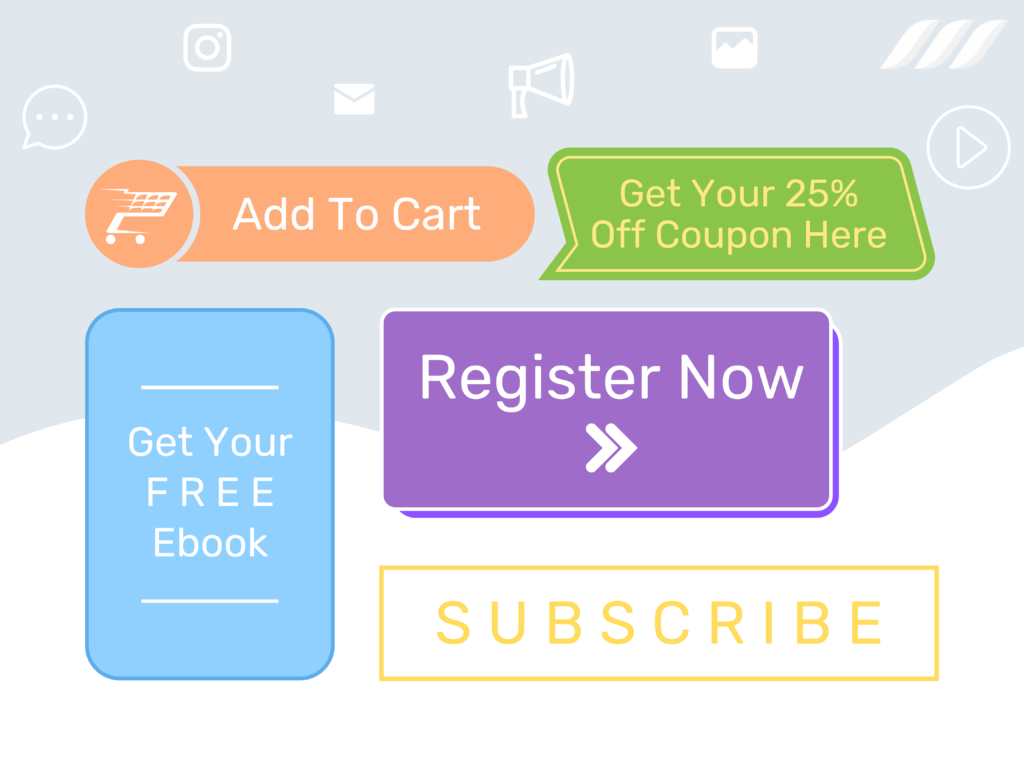
Once you know your target audience and what keywords to target, it’s time to create your ad and content. Using the right ad format and call-to-action is essential to enticing Prospect A and Prospect B into your funnel.
For Prospect A, consider using a gentle introduction to your business. Soft sell tactics like social media posts or website visits that don’t require a purchase will work well at this early stage.
Once you’ve captured their attention, offer them something for free in return for their contact information. A white paper, guide or e-book are great options that provide value without being too pushy.
Prospect B is more likely to respond to a hard sell. Use an aggressive ad format, such as a pop-up, to quickly grab their attention. Or maybe you’d want to offer a discount for signing up for your email list or purchasing on the spot.
Always use a clear and concise call to action regardless of your target prospect. Make it easy for them to take the next step in your funnel.
3. Always Know & Show Your Value Proposition
As a sales or marketing professional, you know that your value proposition is what sets you apart from your competition. It’s the reason someone should buy from you and not your competitor.
Ensure your entire team knows your value proposition and can articulate it clearly. This will be handy when speaking with prospects or working on marketing materials.
Always focus on your value proposition when creating ads or other marketing materials. It should be front and center, so prospects know exactly what you offer and why they should buy from you. Whether you’re selling a product or service, ensure that potential customers understand what makes your brand unique and why they should choose you over the competition.
Remember, price is not always the deciding factor. Customers are looking for businesses that provide exceptional value and customer support.
4. Track your Sales Pipeline (Tracking Codes Exist and Fire)
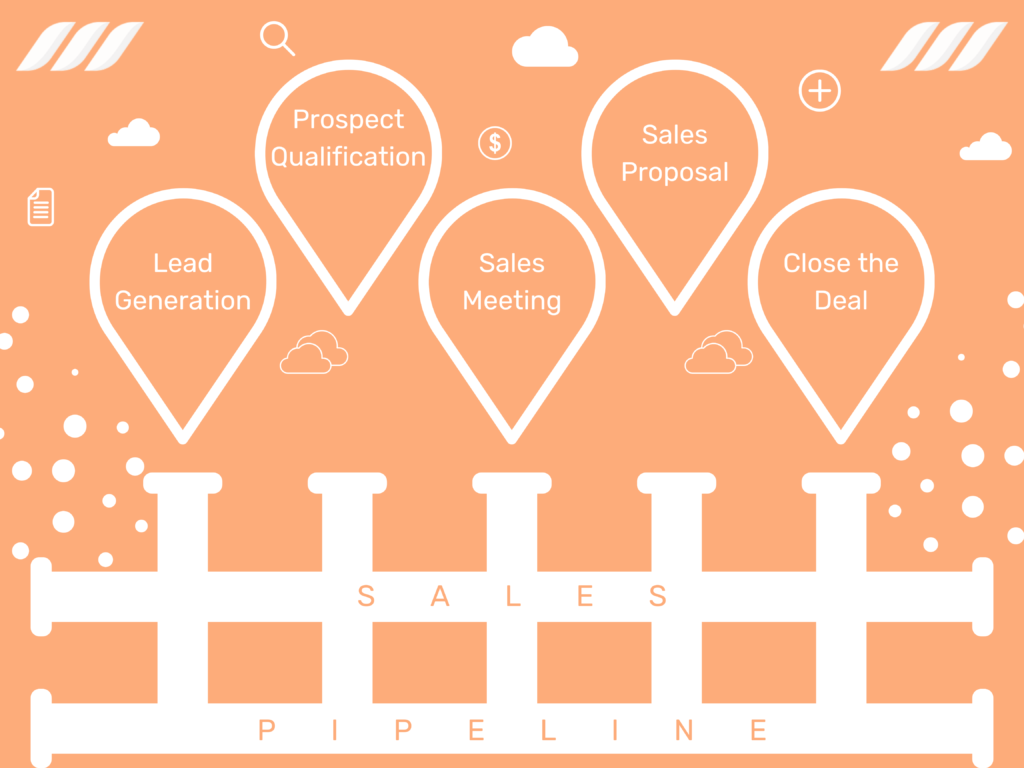
If you want to improve your conversion rate, you must track your sales pipeline.
This means understanding where each prospect is in the buyer’s journey and what needs to happen to move them further down the funnel.
The first step is to create tracking codes for each stage of the buyer’s journey. You can add these to your website, emails or even specific landing pages.
Once you have your tracking codes set up, you can create rules for each stage of the buyer’s journey. These rules will determine what prospects see and when they see it. For example, if someone visits your pricing page but doesn’t purchase anything, you might want to show them a special offer or discount.
This will help nudge them further down the funnel, converting them into paying customers. Tracking your sales pipeline is a surefire way to supercharge lead conversion.
5. Do A/B Testing Every Now & Then
A/B testing is a great way to determine which methods are most effective in converting leads into paying customers. By creating two different versions of your website, landing page, or product and testing them against each other, you can figure out which one performs better.
This is a great way to fine-tune your marketing strategy and ensure you get higher ROI.
There are a few things to keep in mind when doing split testing:
- Have a clear hypothesis about your testing.
- Ensure enough website traffic to get reliable results.
- Be prepared to make changes based on the results of your tests.
6. Talk to Your Angry & Happy Customers
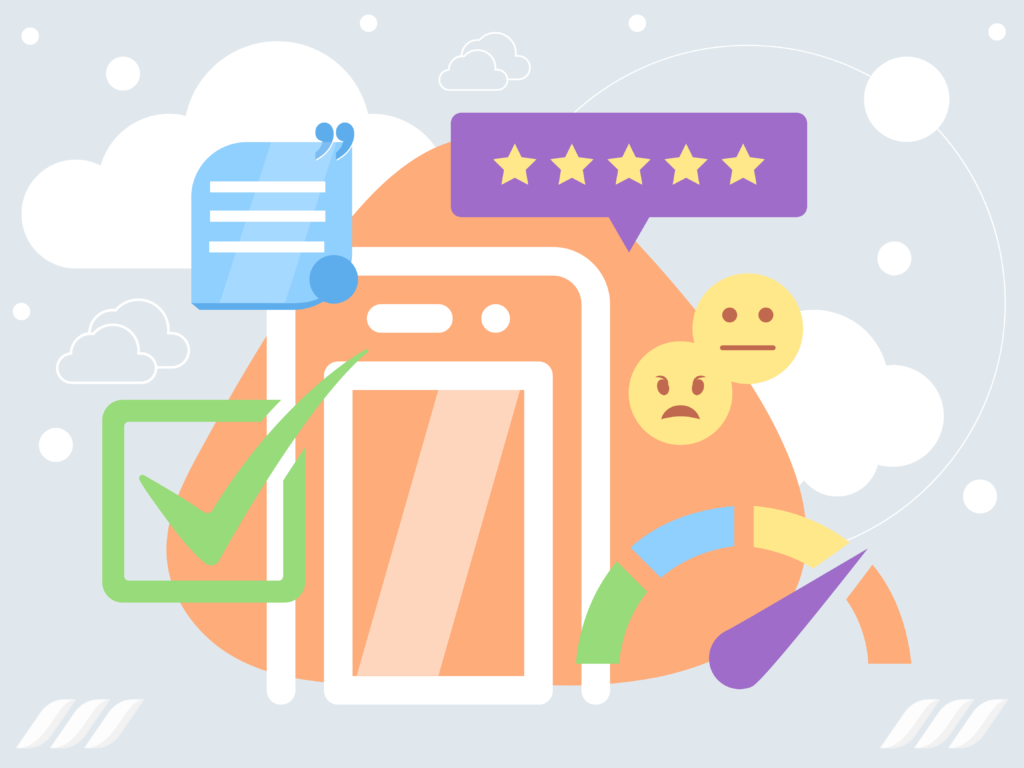
Clear communication is the key to a happy customer. If you want to keep your customers happy (and lead the conversion process smoothly), you must communicate clearly.
This means setting expectations early on and then meeting (or exceeding) those expectations. It also means being available to answer questions or address concerns that come up along the way. You must also align your messaging between platforms, as one misstep can quickly lead to an unhappy customer.
So if you’re selling on multiple platforms (e.g., Amazon, Facebook, your website), ensure that your marketing communication is integrated and consistent across all of them.
Moreover, your Facebook ads should also align with your website’s and other platforms’ messaging. And, if you’re highlighting happy customers, talk about how your product or service has helped their business grow. Consistency is key to creating a successful marketing campaign.
Finally, don’t forget to follow up after the sale. This is a great time to ask for feedback or address any lingering concerns. Stay in touch with your customers to build loyalty and keep them coming for more.
7. Improve Lead Conversion Rates
So how do you improve lead conversion rates?
There’s no magic formula, but there are a few tried-and-true methods that can help. Let’s take a look at some of the most effective ways to improve lead conversion rates:
1. Identify your target audience.
2. Create a killer offer.
3. Build a high-converting landing page.
4. Write a compelling copy.
5. Design a beautiful website.
6. Use social proof.
7. Offer a free trial or demo.
8. Provide excellent customer service.
9. Collect testimonials and reviews.
10. Continuously test and optimize.
On top of these, your team has to be prepared to handle customer objections at every stage of the sales process. This means having a clear understanding of the product or service and the ability to address common concerns.
Plus, you should have a system in place for tracking leads and opportunities. This will help you identify any potential roadblocks and take corrective action.
8. Draw Leads With LinkedIn, Facebook & More
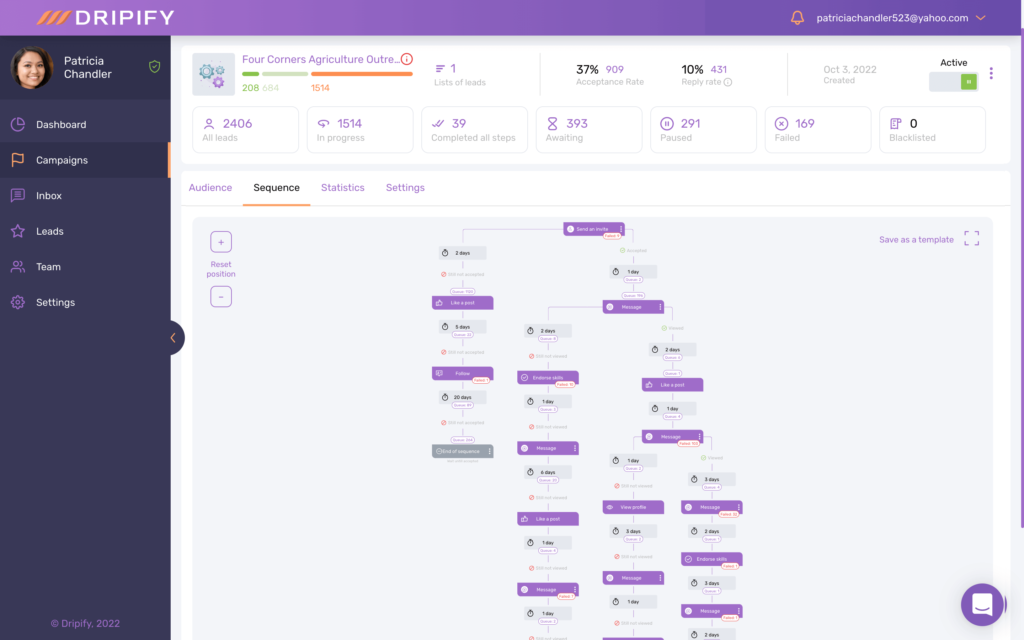
LinkedIn has powerful lead generation features that you can integrate into your strategies.
In addition to LinkedIn Ads, the platform offers Sponsored InMail and LinkedIn Sales Navigator. This makes it a powerful platform for B2B lead generation.
But doing all the repetitive LinkedIn prospecting activities can be overwhelming and time-consuming. The good news is that you can always automate your LinkedIn prospecting with Dripify LinkedIn automation tool.
These tools allow you to automate LinkedIn messaging, profile visits, follow-ups, and much more. Plus, you can create powerful drip campaigns that can boost your conversion rates.
Facebook also offers lead generation tools, including Facebook Lead Ads and Custom Audiences. You can also use Facebook to create lookalike audiences of your best customers and do A/B Testing of campaigns.
And, if you have a brick-and-mortar store, don’t forget about Yelp and related platforms and directories. You may want to claim your business page and add photos, coupons, and other information that potential customers will find useful.
9. Target Similar Audiences to Fill Your Funnel With Better Prospects
One of the best ways to get more leads is to target similar audiences. Look for people or businesses who match the characteristics, interests and pain points of your existing customers.
For example, if you’re selling travel insurance, you might want to target people who have recently booked a trip or are members of a frequent traveller program.
It is also a good idea to use Facebook Audience Insights to find similar audiences. Provide a few criteria, such as location, age, and interests, and Facebook will generate a list of potential target audiences.
Similarly, you can also use Google AdWords to target matching audiences. Create a new campaign and select “Similar audiences” under the “Audience” tab. The best part? You can use the information to advertise your offering on Quora, Medium, and other similar platforms.
10. Create Remarketing for Cart Abandoners

Did you know that approximately 70% of online shoppers abandon their carts? That’s a lot of missed opportunities. The good news is that you can use remarketing to win back those customers. Just create a campaign specifically for people who have abandoned their shopping carts.
Target them with ads featuring the items they left behind. You can even offer a discount to sweeten the deal and increase your chances of conversion. While cart abandonment remarketing is an effective way to boost lead conversion rates and recover lost sales, it’s not the only way.
You can also use remarketing for people who visit your website but don’t convert and those who have subscribed to your email list but haven’t taken action yet.
Conclusion
Leads are the lifeblood of any business. If you can’t turn them into customers, your company will soon run out of blood and die.
Converting leads into customers can be challenging, but it’s not impossible. If you follow the tips provided in this article, you’ll be well on boosting your conversion rates and your lead-to-conversion ratio.
While it takes hard work and dedication to succeed in today’s competitive and saturated market, you can go a long way with a little effort and the right strategies.
Great conversion rates can increase your business’ revenue and streamline your workflow. But lead conversion is not enough. You must also constantly work on your sales process so it is more efficient and effective.

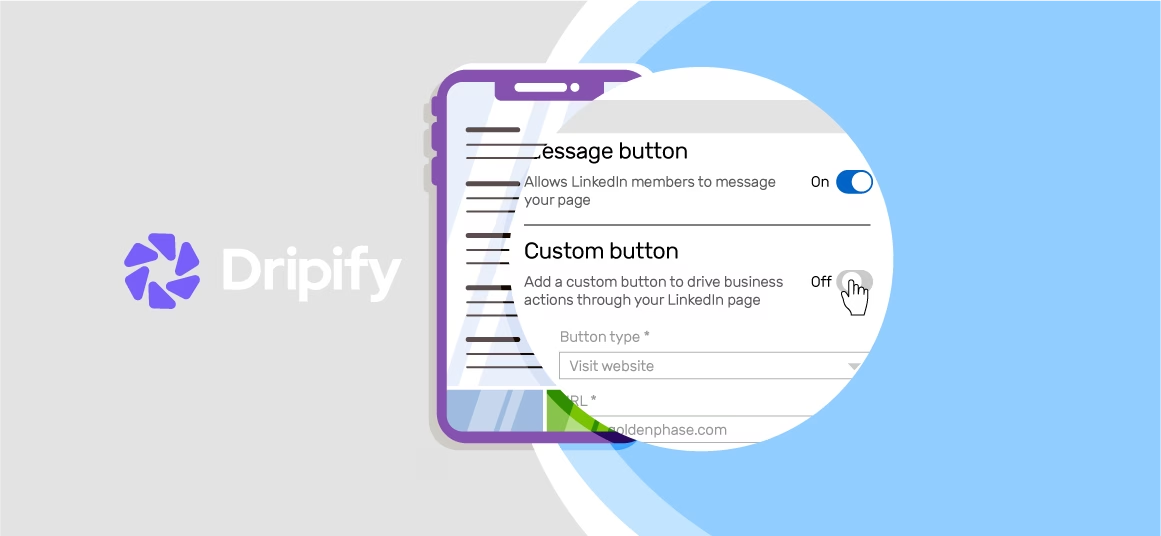
![Email Outreach Tracking [Tips, Tricks and Tools]](https://dripify.io/wp-content/uploads/2025/02/11-7-png.avif)
![Create a Prospecting Plan [+8 Prospecting Methods]](https://dripify.io/wp-content/uploads/2025/02/11-png.avif)